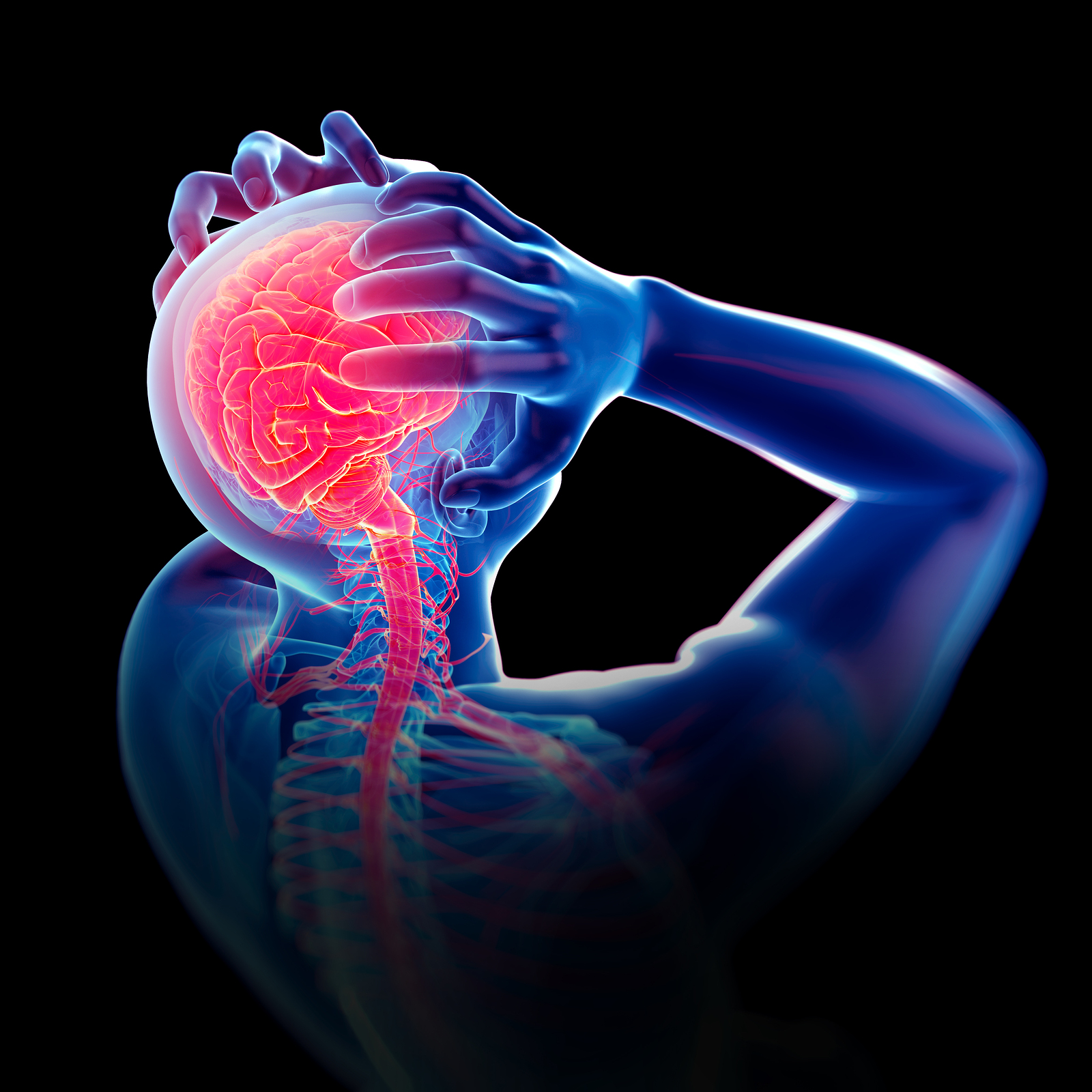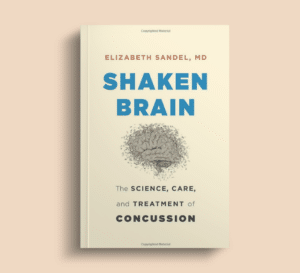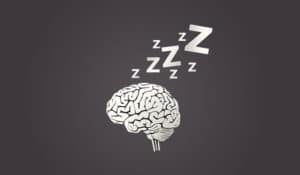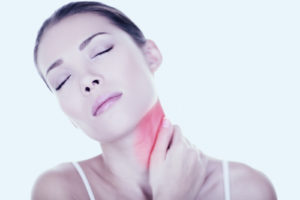Evaluating and Treating Headaches After Brain Injury

Headaches are extremely common in people who have concussions and more severe traumatic brain injuries. There are different types of headaches that can occur post-injury, as detailed in the previous blog. Knowing the type of headaches you suffer from can make it easier to decide on a course of treatment.
Treating headache immediately after injury
One of the most important things to remember in treating a headache immediately after injury (and in the 24-48 hours afterwards) is to take the right kind of medication. Headache can be treated with acetaminophen (brand name: Tylenol) but not with the medications we might reach for, such as aspirin and ibuprofen, that can cause bleeding.
Evaluating post-traumatic headache
For headaches that appear after the initial injury (usually within 7 days) and become persistent or chronic, treatment will depend on the type of headache. An evaluation with your doctor is the first step and this must include a physical examination, with a focus on the head and neck.
During the evaluation, it’s helpful to be specific in describing the type of headache you’re experiencing. Try to be as detailed as possible:
- Where is the pain is located?
- What type of pain it is (throbbing, vice-like, piercing, etc.)?
- How long does it last when it occurs?
- What (if anything) makes the pain worse?
- What (if anything) relieves the pain?
- What other symptoms accompany it (nausea, flashing lights, sensitivity to light, etc.)?
- Did you have headaches before this injury and if so what type?
- Do other people in your family have headaches (relevant for migraines)?
The evaluation should also include a detailed physical examination of your face, neck, and upper spine to look for physical causes of the pain. Listen to my interview with Dr. Steven Moskowitz, who describes his approach to headache and pain management, and how he examines people with head and neck injuries.
Being detailed can help your doctor determine what kind of headache you’re experiencing and, consequently, how best to treat it.
Treating post-traumatic headache
Depending on the type of headache, there are many possible treatment routes for post-traumatic headache. It is important to remember, however, that you may not find medication as helpful as other interventions such as physical modalities like heat or ice, stress management, and cognitive behavioral therapy. Here are some of the more common kinds of interventions physicians prescribe:
Treating underlying physical symptoms
Post-traumatic headache may be caused not by the physical injury to the brain itself, but to other parts of the head and neck that then cause headache. In these cases, treating the underlying problem, whether that’s TMD, stretching and injury to the occipital nerve, or a problem with the cervical spine, can alleviate the pain.
Stress management
Though stress may not be the main cause of headaches, it can make existing headaches worse. By managing stress, through practices like physical exercise, breathing exercises, or meditation, the severity and duration of headaches may be reduced. Biofeedback, in which you pay attention to signals from your body and learn to control unconscious processes in your body, is an increasingly common stress management technique that’s been shown to help with headaches.
Cognitive behavioral therapy
Dr. Steven Moskowitz, a physiatrist with expertise in pain management who I interviewed for my website, explains why this type of intervention can be helpful for some people by providing ways to identify what might contribute to headaches and how to self-manage headaches.
Medication
Effective medication depends on the type of headache. Your physician will advise you about what medications are best to try based on the history you provide and the physical examination of your head, face, and neck. Medications don’t always work, or only work if you are using other methods to control or treat the headaches. Opioids, narcotic medications that are very addictive, should be avoided.
Injections
Trigger point injections to muscles in your neck or upper back could be helpful in some cases to relieve headaches. Trigger point injections involve injecting medicine or saline into muscle knots. Nerve blocks or facet joint blocks to the cervical spine are rarely necessary for headaches.
This list is not exhaustive. Other therapies that can help with headache include physical therapy, chiropractic treatments, acupuncture, massage, and more.
Don’t Give Up
Headaches seem like they should be the simplest thing in the world to diagnose and treat, but after reading this blog post and the previous post on headache types, you now realize that’s not the case. If you’re suffering from post-traumatic headaches, work with your doctor to keep looking for treatment options that work for you until you find relief.
You can find out more about headaches and their treatment on my previous website blogs and my interview with physiatrist Steven Moskowitz, and at the Concussion Alliance website (where I provide content expertise).
You Might Also Like
Managing Concussion-Related Pain
Dr. Steven Moskowitz is a physiatrist specializing in pain management. He discusses the various painful conditions, including neck pain and headaches, that occur at high frequency after concussion and related trauma. He advocates for a biopsychosocial approach to the evaluation and treatment of these conditions.
Rest Assured: Quality Sleep Supports Recovery From Brain Injury
Sleep disturbances are common after brain injury and require comprehensive evaluation and management. Other sleep disorders such as difficulty falling asleep, staying asleep, and excessive daytime sleepiness are common. Some patients with brain injuries develop sleep apnea, and screening for this disorder is important because of the risk of hypoxia and strokes that lead to additional brain injury.
Post-Traumatic Headaches: Not Just One Type or Treatment
Headaches must be evaluated with a comprehensive history and physical examination. There are many options for treatment, but diagnosis has to be the first step.
Keep up to date
Get updates on the latest in concussion, brain health, and science-related tools from Dr. Elizabeth Sandel, M.D.
By clicking SIGN UP, you agree to receive emails from Dr. Sandel and agree to our terms of use and privacy policy.
Get the book!




